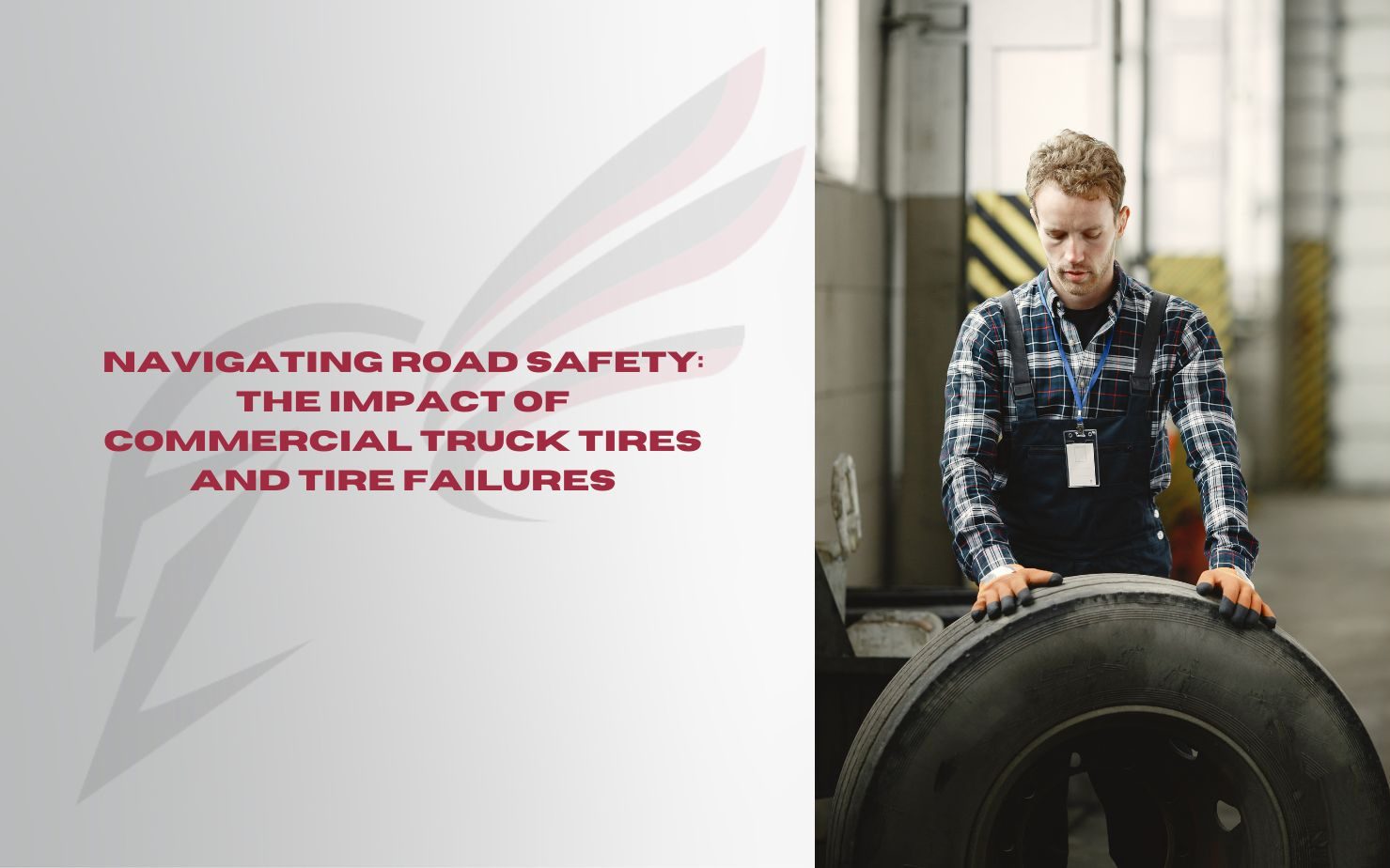
Navigating Road Safety: The Impact of Commercial Truck Tires and Tire Failures
August 25, 2023 8:00 amThis post was written by: Channing Puls
Commercial truck tires pose a substantial hazard to highway safety, contributing to accidents and potential fatalities, especially when carrying heavier loads and during warmer weather conditions. The demanding nature of commercial truck operations, including extended hours on the road, hauling heavy cargo, and exposure to various road surfaces, leads to severe wear and tear on the tires. This continuous strain can result in the gradual erosion of tire tread, increasing the risk of tread separation or blowouts. Such occurrences at high speeds scatter tire remnants across the road, creating perilous situations.
-
- Overburdening a commercial truck beyond its designed capacity places excessive stress on its tires, accelerating their deterioration and eventual failure.
- Inadequate tire pressure can generate excessive heat buildup, weakening the tires and causing them to rupture, shedding tire fragments.
- Neglecting regular tire inspections permits minor tire problems to escalate into critical safety issues.
- The dispersion of tire debris on roadways can force vehicles to swerve, lose control, or collide.
- Airborne tire debris can inflict substantial damage to other vehicles.
- Accidents originating from tire debris can obstruct lanes, leading to substantial traffic congestion.
- Implementing regular tire assessments and maintenance routines helps in early identification of potential problems, averting accidents.
- Impart comprehensive training to drivers regarding tire upkeep, appropriate loading protocols, and recognizing indications of tire wear.
Approximately 25,000 accidents annually are attributed to road hazards such as commercial truck tires and general debris. It is crucial to maintain a safe following distance of at least six seconds, enabling drivers to detect and respond to hazards and obstacles preemptively.
During inspections, remember to scrutinize tires for signs of dry rot, cracks, cuts, exposed belts, and evaluate tread depth. Accurate inflation levels can be achieved using a gauge; relying on tire thumping is not advisable.
**The content provided is not intended as legal advice and should not be construed or interpreted as such. If such advice is needed, The Paladin Group recommends that you seek counsel for the specific advice or services needed.**


